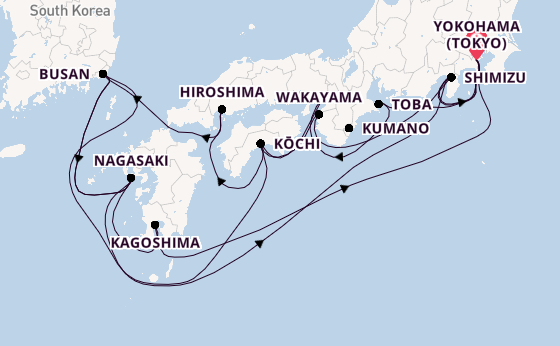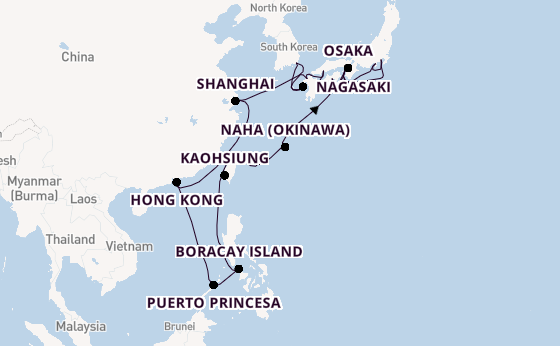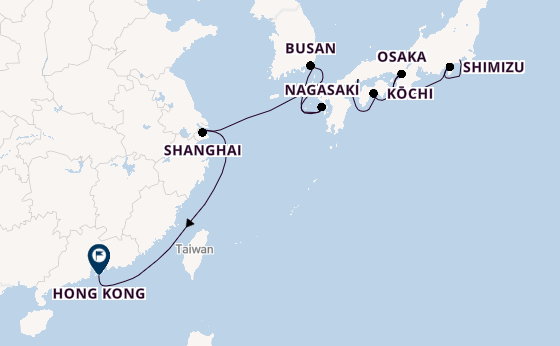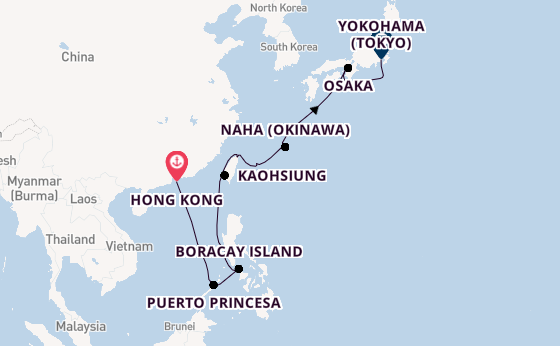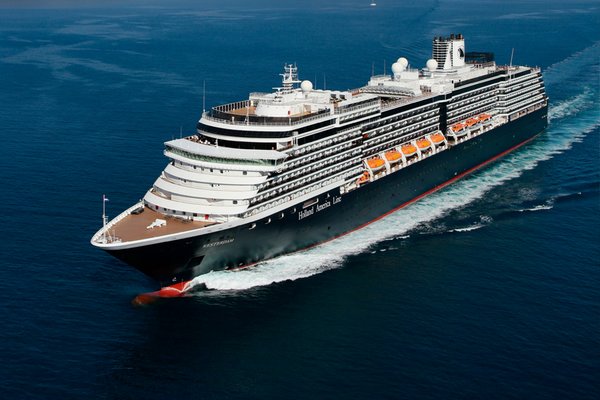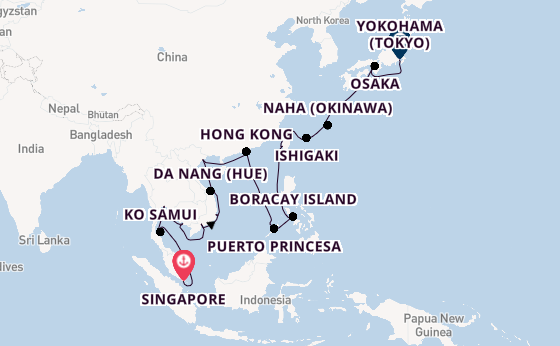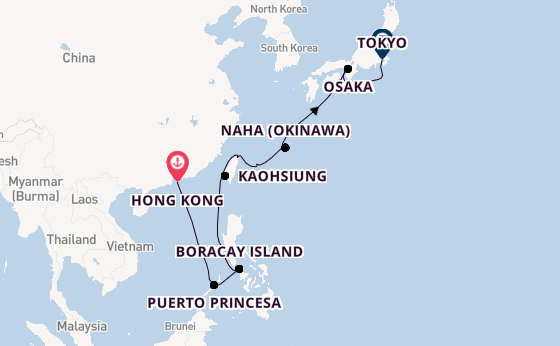8am - 5pm Mon - Sat | 9am - 5pm Sunday AEST
9am - 5pm Mon-Fri AEST
Choose Cruise ExpertCruises to Japan
Best Japan cruises from Australia
Join the CruiseAway community & receive the best offers available
Cruises to Japan
The Best Time to Cruise
The most picturesque time to visit Japan would be the months between March and May – this is when the famous Sakura blossoms start.
Visit in the months from September to November and you will enjoy very mild weather.
Top Cruise Lines
The range of cruise lines offering itineraries to Japan is big, so you will have no trouble finding what you are looking for:
- MSC cruises to Japan – for fun, family-oriented adventures for all ages. MSC offers world voyages including a lot of Japan that depart from Sydney.
- Princess cruises to Japan – if you are after an old-fashioned, elegant cruise experience.
- Silversea cruises to Japan – take your Japan cruise holiday to the next level of absolute luxury. Days at sea or any time on board the ship will be no less enjoyable than exploring Japanese cities.
Top Ports
Tokyo
Tokyo is, no doubt, Japan’s biggest tourist attraction. The huge metropolis is full of:
- Skyscrapers
- Anime
- Sushi joints
- Manga
- Video games
- Electronic devices
And everything else that you imagine when you think of Japan.
There is no wonder the city is extremely loud, there are over 30 million people living here. However, there are plenty of places to escape the crowds and enjoy some peace and quiet:
- Jindaiji Temple and Botanical Gardens
- Edo-Tokyo Open Air Architectural Museum
- Gardens of Hotel Chinzanso Tokyo
- Institute for Nature Study
- Showa Kinen Park
- Meguro Sky Garden
- Rooftop of Toyosu Market
Fukuoka
The port city of Fukuoka is another highlight on a cruise to Japan. Fukuoka has a lot to offer:
- History in the form of numerous temples, a folk museum and a 17th century castle
- Beaches that are also good for surfing
- Beautiful food that you can try at one of the restaurants or at a yatai – an open-air food stall
- Shopping
Osaka
Osaka that was once Japan’s capital is now one of the country’s greatest attractions. It is considered to be the most fun Japanese city with its:
- Nightclubs
- Comedy clubs
- Restaurants
- Shopping
Highlights
Nature & Landscapes
Two-thirds of Japan is covered in mountains, and this is great in so many ways:
- – There are hot springs around every corner
- – You can hike up to the summits while admiring wildflowers and cedars
- – Discover ancient shrines that are hidden in the mountains
- – Experience world class skiing in the winter months
Japan is not just the hustle and bustle of big cities and soaring peaks, the archipelago is also famous for its beaches located in the southern part. Japanese beaches are the definition of cleanliness, so relax and enjoy the emerald waters and the soft white sand.
Visit in the months of March to May for the world famous cherry blossom festivities – Hanami. Nature turns Japan into a spectacular sight that lasts for a week or two.
Culture
Japan is a great example of how modern and traditional can co-exist in harmony. The futuristic cities are counteracted by the countryside that is full of ancient customs:
- Geisha dances
- Zen gardens
- Traditional bathhouses
- Buddhist monks
- Tea ceremonies
Food
The traditional Japanese sushi has now become one of the biggest international favourites. However, you haven’t really tried sushi until you’ve tried it in Japan.
Every dish prepared in Japan is a masterpiece – the locals take great pride in the whole process – starting with sourcing the freshest local ingredients and ending with assembling the dish on the plate.
There are regional variations and seasonal factors that influence Japanese cuisine.


